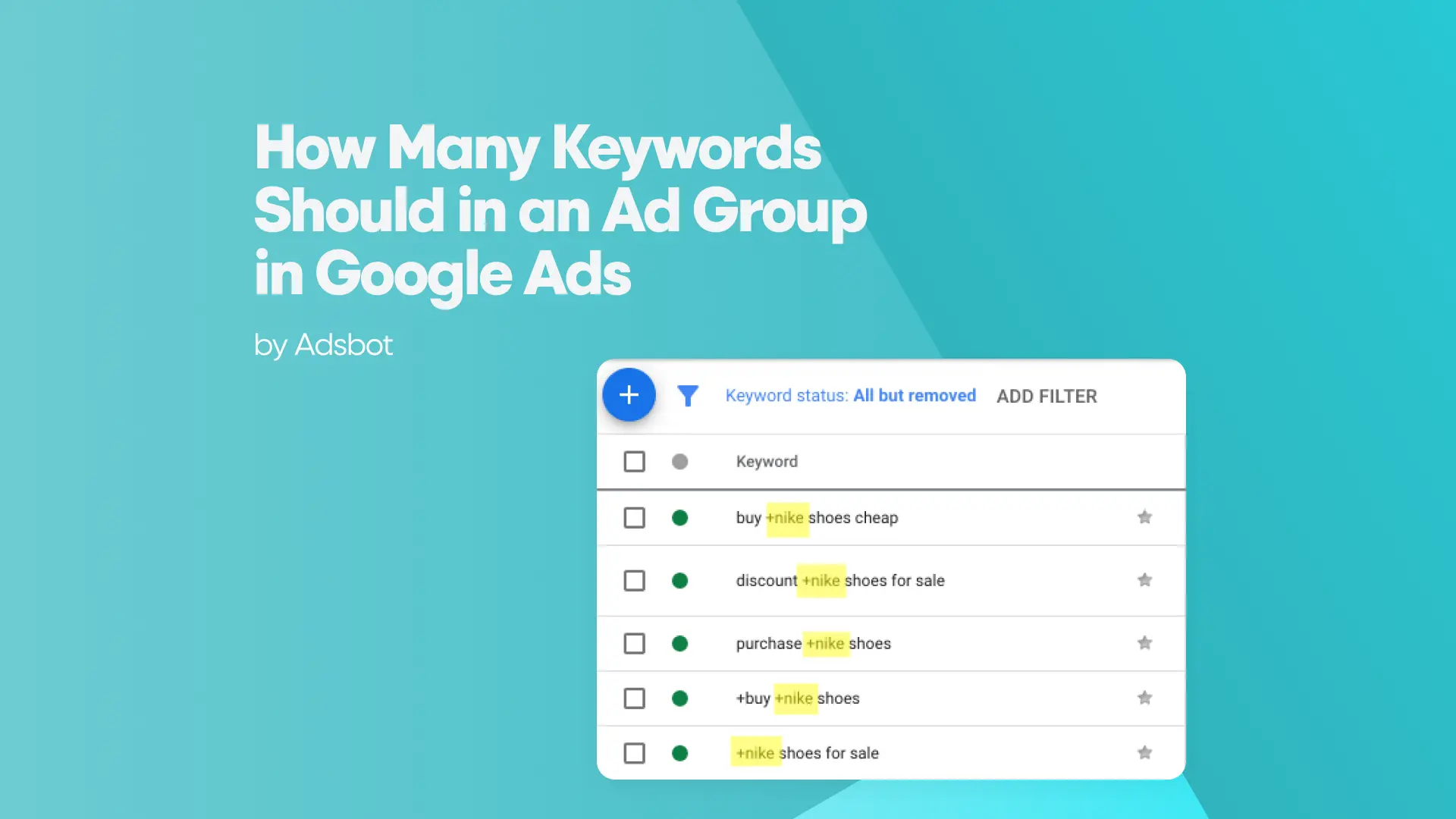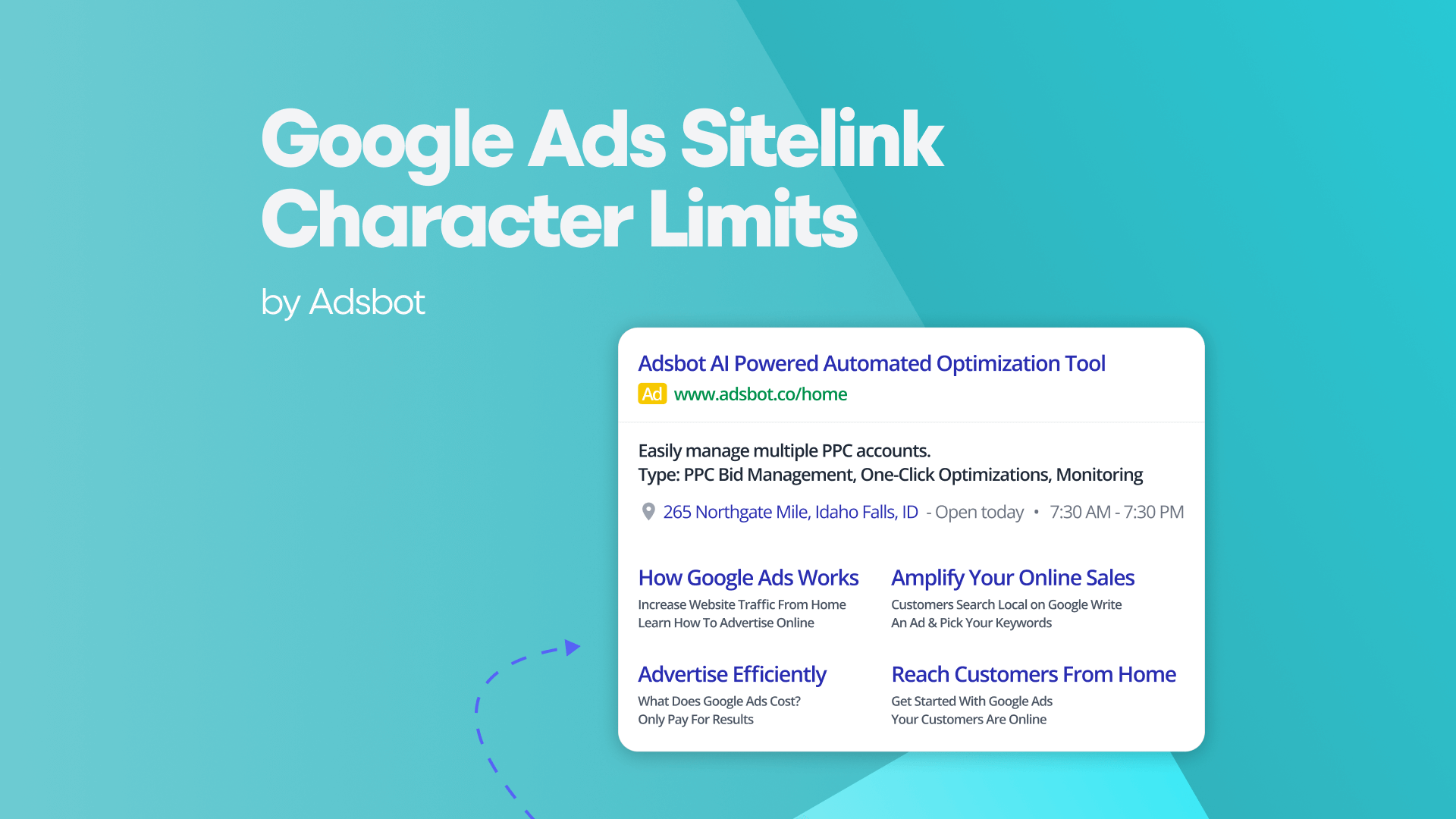Optimizing your e-commerce website for search engines is crucial for driving organic traffic, increasing sales, and growing your online business. You may ask, is seo important for e-commerce? It absolutely is. An effective SEO strategy ensures that your products reach potential customers at the right time. This comprehensive e-commerce SEO checklist covers essential elements from the initial setup to ongoing best practices, helping you improve your site’s performance and visibility. Let’s look at our e-commerce checklist now.
Why SEO is Important for E-commerce
The first up in our e-commerce launch checklist is knowing why it’s important. Search engine optimization (SEO) is vital for e-commerce websites because it enhances visibility in search engine results, drives targeted traffic, and ultimately boosts sales. In a highly competitive market, having a well-optimized site can set you apart from your competitors. Utilizing SEO Reporting Dashboards can help you track your performance and make informed decisions. SEO helps you reach customers who are actively searching for the products you offer, increasing the likelihood of conversions and repeat business.”
E-commerce SEO Checklist
1. Initial Setup
1.1 Choose the Right Platform
Our first step in the SEO checklist for e-commerce website is choosing the right path. Selecting an SEO-friendly ecommerce platform is the first step. Platforms like Shopify, WooCommerce, and Magento offer robust SEO features that make it easier to optimize your site.
1.2 Custom Domain
Use a custom domain rather than a subdomain. A custom domain builds brand credibility and is better for SEO. Make sure your domain name is short, memorable, and includes relevant keywords if possible.
1.3 Install an SEO-Friendly Theme
Choose a theme that is mobile-responsive, fast-loading, and optimized for SEO. The right theme will play a significant role in site speed and user experience, which are crucial for SEO.
2. On-Page SEO Optimization
2.1 Title Tags and Meta Descriptions
One of the e-commerce seo best practices is using tags professionally. Title tags and meta descriptions are critical for SEO. Each product page should have a unique title tag and meta description that includes relevant keywords. Keep title tags under 60 characters and meta descriptions under 160 characters to ensure they are fully displayed in search engine results.
2.2 URL Structure
Ensure your URLs are clean and descriptive. Avoid using unnecessary parameters and numbers. For example, use www.yourstore.com/blue-widget instead of www.yourstore.com/products/12345.
2.3 Keyword Research
Conduct thorough keyword research to identify the terms your target audience is searching for. Consider Keyword Difficulty to understand how challenging it will be to rank for specific terms. Focus on both short-tail and long-tail keywords to attract a broader audience.
2.4 Product Descriptions
Write unique and compelling product descriptions that include relevant keywords. Avoid duplicate content and ensure each description highlights the benefits and features of the product. This not only improves SEO but also enhances the shopping experience.
2.5 Image Optimization
Optimize all images on your e-commerce site. Use descriptive file names and include keywords in the alt text. Compress images to reduce file size and improve loading times, which positively impacts SEO.
2.6 Internal Linking
Create a robust internal linking structure to help search engines understand the hierarchy and importance of your pages. Link related products, blog posts, and category pages to improve navigation and SEO.
3. Technical SEO
3.1 Site Speed
Site speed is a critical factor for both user experience and SEO. Use tools like Google PageSpeed Insights or GTmetrix to measure your site’s loading speed. Optimize images, leverage browser caching, and minimize code to improve loading times.
3.2 Mobile Optimization
Ensure your e-commerce site is fully optimized for mobile devices. Google prioritizes mobile-friendly sites in its search results. Test your site’s mobile performance and make necessary adjustments to enhance the user experience.
3.3 Secure Connection (SSL)
Ensure your site uses HTTPS by installing an SSL certificate. A secure connection is important for protecting user data and is also a ranking factor for Google. Check for mixed content issues and resolve them to maintain a fully secure site.
3.4 XML Sitemap
Create and submit an XML sitemap to Google Search Console. This helps search engines understand your site structure and index your pages more efficiently. Ensure your sitemap is updated regularly to reflect any changes to your site.
3.5 Robots.txt
Review your robots.txt file to ensure it is correctly configured. This file tells search engines which pages to crawl and index. Ensure that important pages are not accidentally blocked and that irrelevant pages are excluded from indexing.
3.6 Fix Broken Links
Regularly check for and fix broken links on your site. Broken links can harm user experience and negatively impact SEO.
3.7 Redirects
Review your robots.txt file to ensure it is correctly configured. This file tells search engines which pages to crawl and index. Use a Robots.txt Checker to ensure that important pages are not accidentally blocked and that irrelevant pages are excluded from indexing
4. Content Marketing
4.1 Blogging
Starting the next step in our e-commerce website audit checklist, You can think about this: start a blog on your e-commerce site to attract organic traffic. Write informative and engaging content that addresses common questions and issues in your niche. Use keywords naturally and include internal links to your products.
4.2 Local SEO
If you have a physical store, optimize your site for local SEO. Create a Google My Business profile and ensure your name, address, and phone number (NAP) are consistent across all platforms. Use local keywords and include your location in title tags and meta descriptions.
4.3 Customer Reviews
Encourage customers to leave reviews on your product pages. Positive reviews can enhance your site’s credibility and improve search engine rankings. Respond to reviews to show that you value customer feedback.
4.4 Social Media Integration
Integrate your ecommerce site with social media platforms. Social signals can indirectly impact SEO by driving traffic and increasing brand visibility. Share your products, blog posts, and updates on social media to engage with your audience and attract more visitors.
5. Advanced SEO Practices
5.1 Structured Data (Schema Markup)
One important step in e-commerce website seo checklist is data science. Implement structured data (schema markup) to help search engines understand your content. Use JSON-LD format to add rich snippets to your product pages, such as reviews, ratings, and prices. This can enhance your search results and attract more clicks.
5.2 Canonical Tags
Use canonical tags to prevent duplicate content issues. Canonical tags tell search engines which version of a page to index, ensuring your SEO efforts are not diluted.
5.3 Analytics and Tracking
Set up Google Analytics and Google Search Console to monitor your SEO performance. Track metrics such as organic traffic, bounce rate, and keyword rankings. Use this data to identify areas for improvement and adjust your strategy accordingly.
5.4 Competitor Analysis
Regularly analyze your competitors’ SEO strategies. Identify the keywords they are ranking for and the backlinks they have acquired. Use this information to refine your own SEO strategy and gain a competitive edge.
Popular Posts
-
How Many Keywords Should Be In an Ad Group in Google Ads?
For the vast majority of modern campaigns, the ideal number…
Read more -
Google Ads Script for Dummies: An Introduction
Imagine you have an e-commerce website that sells licensed superhero…
Read more -
Google Ads Sitelink Character Limits
Your Google Ads are cutting off in the middle of…
Read more -
What Is Conversion Value in Google Ads?
What if you could put a price tag on every…
Read more
Register for our Free 14-day Trial now!
No credit card required, cancel anytime.





